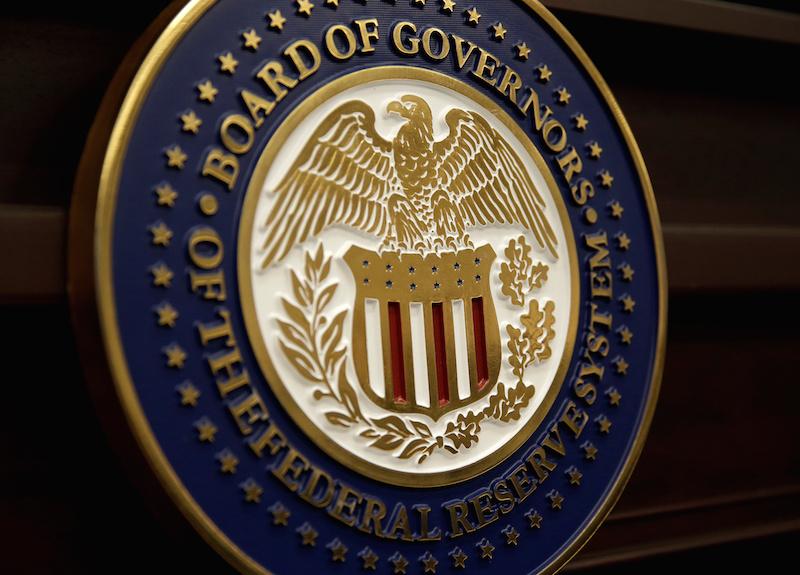Commentary
The February jobs report printed at 678,000 new jobs, well above the consensus estimate of 400,000. That’s up from January’s 481,000 jobs. (Note that the month-to-month data for January was affected by the annual benchmarking data that was discussed in our last jobs report and that is detailed by the Bureau of Labor Statistics here.)





